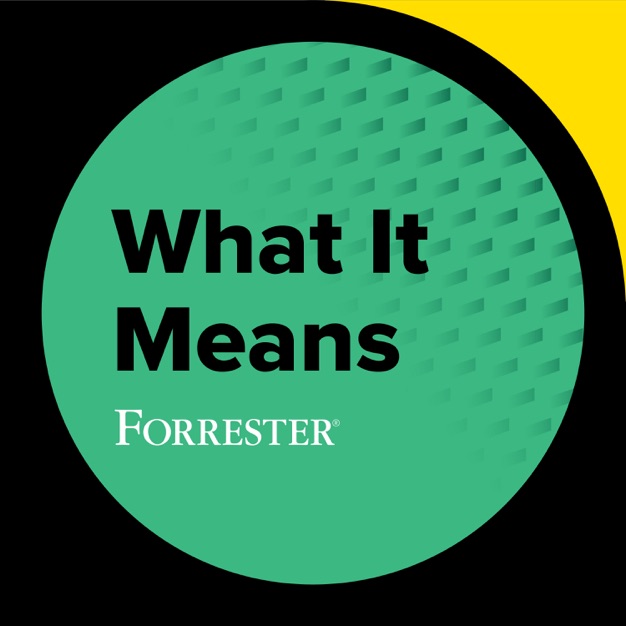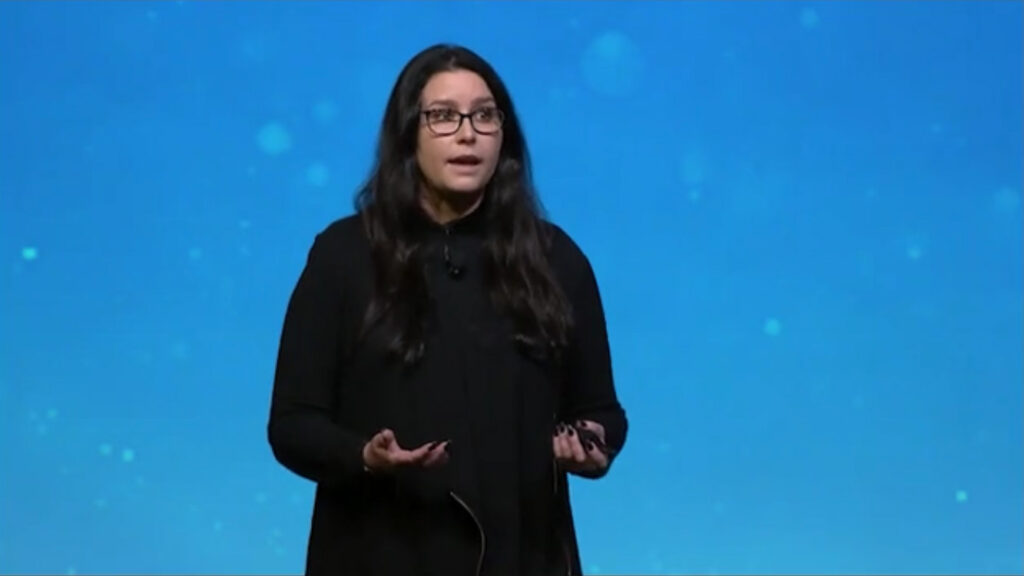The digital usage numbers are big right now, with analysts saying much of that uptick will stick. But I’d like to look at this through a different lens for a moment… taking a more human perspective, both on future expectations and behavior.
Just because customers are using digital channels more, doesn’t mean that they will automatically be satisfied with their experiences. In fact, they will come to expect more from digital experiences. The pandemic has been a digital forcing function for consumers and businesses, with many people becoming familiarized with experiences they haven’t used much in the past. Once they get acclimated, that’s when the expectations rise. Especially when they continue to use other digital experiences as the benchmark — not just financial institutions.
As people’s lifestyle and behaviors are changing across work, home, and social interaction, so are their behaviors related to the products and services they use, enjoy, and find valuable. While some people’s lives have been adjusted or evolved, some have had their worlds turned upside-down. And with wellness taking center stage when people take stock of what’s important, a part of that is financial wellness.
How does this change our mindset in how we approach our work? How does this shift what is important in the experiences we deliver to our customers?
As customers’ priorities and lifestyles are re-evaluated, how does that influence their behavior going forward and what do they expect from us? What should they expect from us? How will we evolve with the changing landscape to best meet their needs in this new world? How do we make digital more… human?
From virtual parties to ordering food, how Americans are using the internet
JD Power Covid-19 Pulse Surveys
5 Human Truths That Experiences Need to Address (pdf)
A gigantic experiment reshaping how we work and live
The Virus Changed the Way We Internet
Remaking banking customer experience in response to coronavirus
This is how COVID-19 could change the world of work for good
COVID-19 Is A Before-And-After Moment In The Digital Transformation


